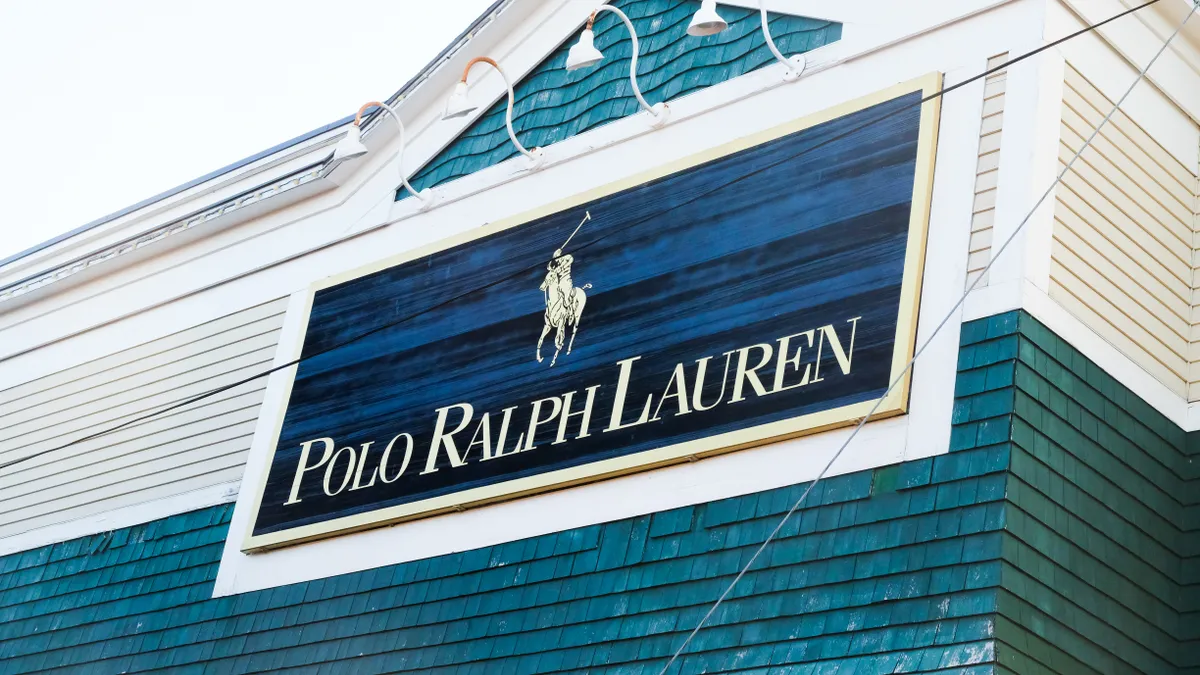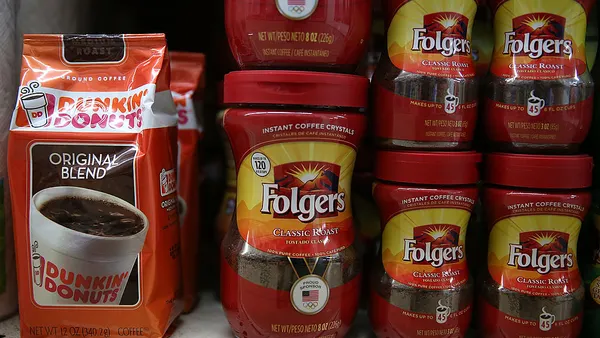Dive Brief:
- Harley-Davidson adjusted its expected tariff cost up for 2019 to $105 million from $100 million, citing an increase in Section 301 tariff rates, which remain "very fluid as they continue to shift with global trade negotiations," said CFO John Olin on the company's third quarter earnings call Tuesday.
- The majority of Harley's tariff burden ($90 million), however, consists of EU tariffs on imported bikes. The total will drop significantly in 2020 as the company fully shifts its manufacturing for the European and Asian markets to Thailand in October. Harley won't feel tariff relief until Q2 2020, said Olin, after the new bikes land in the EU and older, higher-tariffed inventory sells through. Harley successfully petitioned the EU to maintain a 6% tariff rate on Softail and Sportster bikes earlier this year, which was set to increase to 31%.
- In light of an expected gradual transition toward the lower-tariff inventory in the EU, Olin would not give his expectation for gross margin improvement next year. Gross margin was down nearly 8% for the third quarter year-over-year.
Dive Insight:
Harley has been orchestrating an expansive and expensive overhaul of its supply chain and executives are starting to see the benefits in the distance. However, tariffs will continue to take their toll until existing inventory sells through, resulting in a tone on the earnings call that wasn't exactly celebratory.
By the second quarter of 2020, the company expects to mitigate close to $90 million in EU tariffs. At the start of 2020, Harley expects to virtually eliminate $7 million in Chinese tariffs on bikes imported from the U.S. as production for the market moves to Thailand. The remainder will be U.S. Section 301 tariffs, which account for $8 million.
"This is very volatile and it’s what we know today and it seems to change quite often," said Olin of U.S. tariff policy. Harley pegs the cost of the U.S. list four China tariffs at roughly $20 million for 2020.
The tariffs might be slightly easier to swallow had Harley seen better sales numbers. Revenue for the third quarter was down 3.3% while operating margin contracted by 1.4 percentage points to 4.4%. Executives are hopeful reduced pricing, made possible as tariffs fade away in some markets, could help. With stock from the Thailand factory trickling into the Asian market, Olin said that process has already begun.














